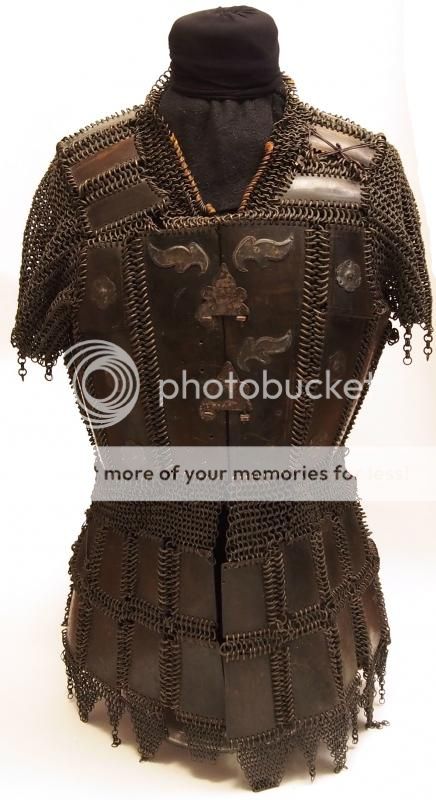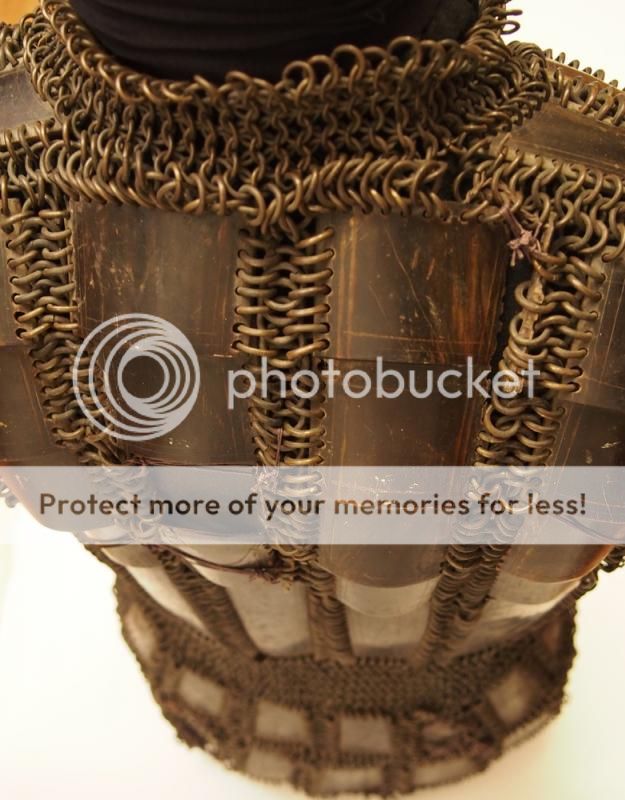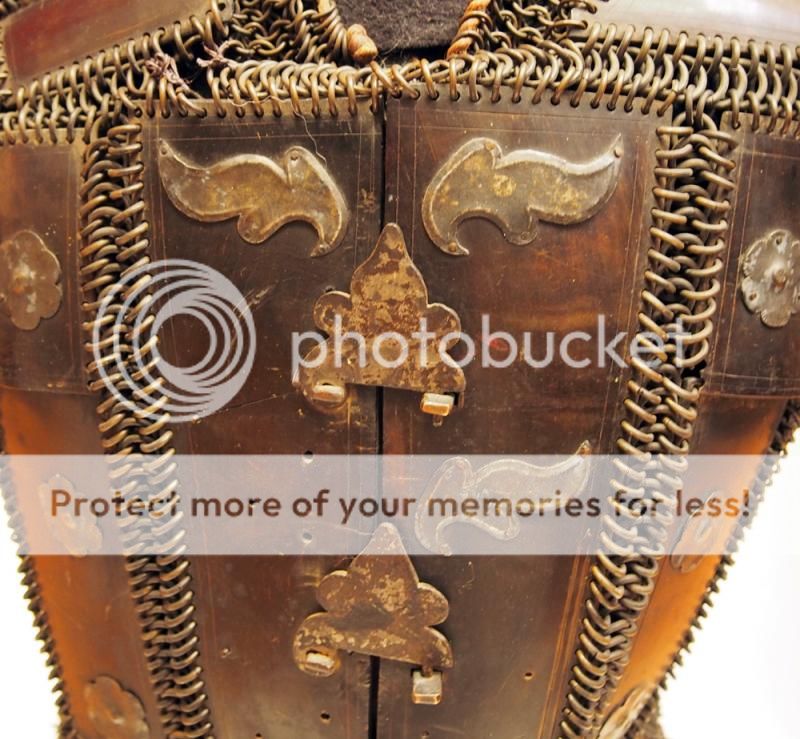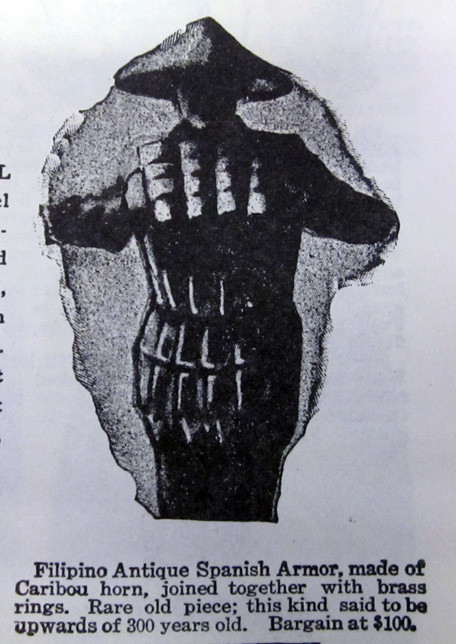The armor is most certainly Filipino made, but the exact details are more complicated as noted. The helmets are absolutely - according to every source I've read - based on the Spanish Morion helmets. The Spanish arrived in the Philippines circa 1565 CE, but by that time much of the population had already been converted to Islam - along with much of Maritime Southeast Asia. Along with the religion Ottoman, Arab and other Muslim sailors brought with them arms and armor that was soon adopted by the local populace. It is one reason why the traditions and small arms of Maritime Southeast Asia are very similar to that of the Middle East.
In fact this influence in small arms and armor, which was also seen across North Africa, likely is why the Europeans were so late to conquer these peoples. During the 17th and into the 18th centuries these peoples had small arms (and armor) that was on par with the weapons of the Europeans. This is why it wasn't really until the 1830s that the Spanish, French, British and later the Germans and Italians began to build their colonial empires in Africa and Southeast Asia. The Portuguese and Dutch were among the early founders of coastal colonies in Africa and Maritime Southeast Asia, but only when European weapons technology advanced did the European empires actually expand.
As for the Philippines specifically, when the Spanish arrived they used the term Moros (Moors) for the indigenous Muslim populations in the islands of Panay, Cebu and even Manila while the non-Muslims were called Indios, drawing upon a term used centuries earlier to describe Muslims of Al Andalus in Southern Spain during the Reconquista. This wasn't really that different from how Spanish, English and Portuguese essentially dubbed the locals of North America "Indians," etc. The actual name "Philippines" is derived from King Philip II of Spain, again much the way that we have St. Louis, Georgia, etc. Today those people that we've come to know as "Moros" don't like being called Filipino as it relates to King Philip II whose soldiers conquered the lands.
At the time of the Spanish arrival the Moros were using and making their own armor based on that from the Middle East. H. Russell Robinson in his book "Oriental Armour" noted that "The Moro coats of mail and plate have frequently been classified as Indian, Chinese, and even Japanese. They are, however, quite distinctive in that the materials used are brass mail and kabau horn plates or brass alone. In the same fashion as the other armours of mail and plate construction already discussed, the plates are arranged in vertical columns from the waist upwards..."
The armor used by the Moros at the time of the insurrection was certainly influenced by the Spanish armor used since the 17th and 18th century, as noted by Alejandro de Quesada in his book "The Spanish-American War and Philippine Insurrection: 1892-1902," where he wrote: "The dead Moro illustrated here is wearing a local copy of 17th century Spanish armor, including a burgonet-style helmet, over a leather skirt of buffalo hide."
As Joe said there is a lot to study in this obscure war, but also in its origins.







